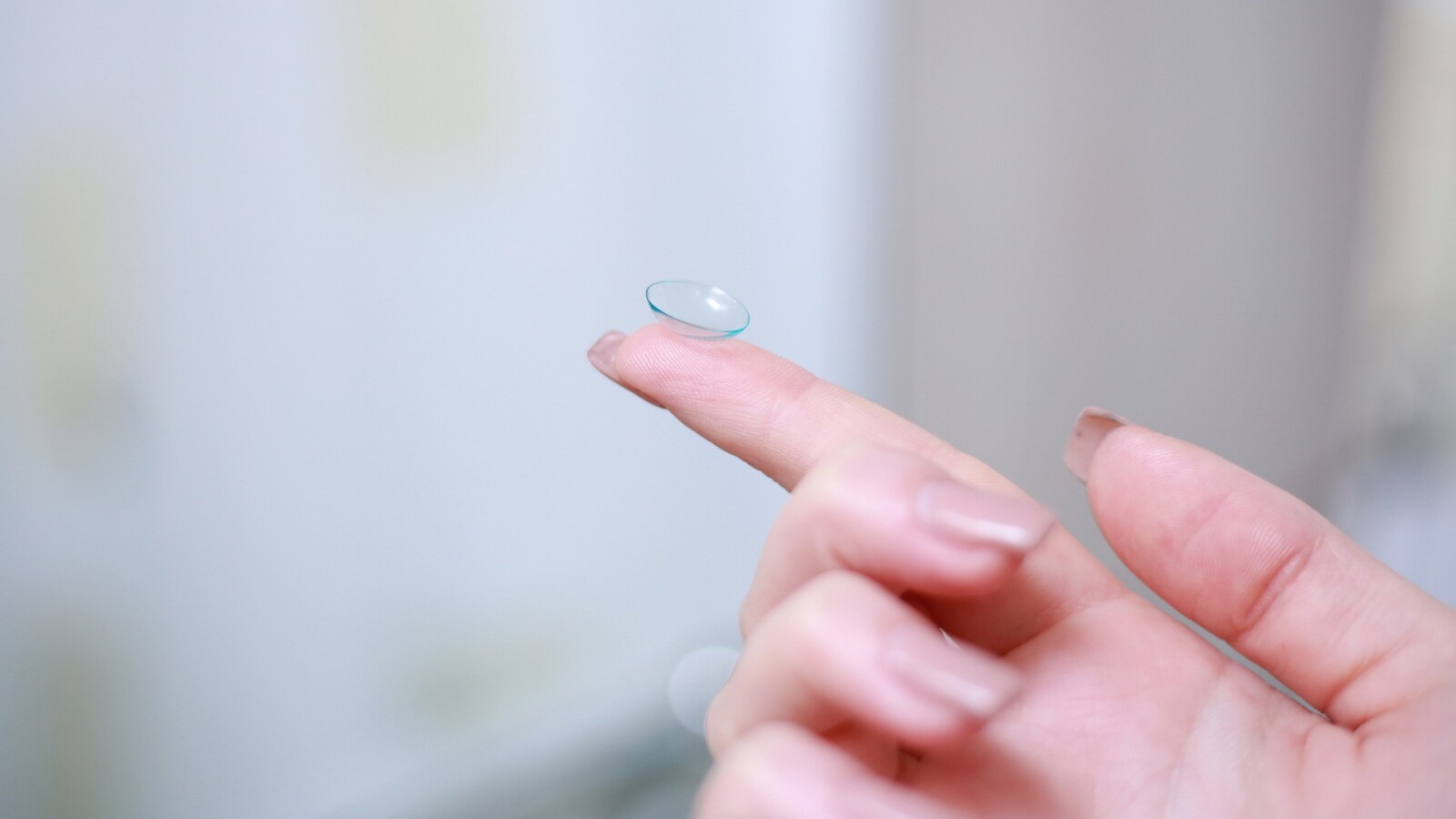Because these new, “corneal” contact lenses were much smaller, the eye was able to absorb vastly more oxygen through the exposed sclera during wear. We were still a ways away from long-term wear, but they could now be worn for about 16 hours, a number that jived pretty perfectly with most people’s day-to-day schedules.
Related: Sorry Katy Perry: Scientists Warn Glitter Is A Global Threat
Contact Lenses Go Soft
We’re now approaching the modern contact lens, with more constantly evolving advancements rather than wholesale breakthroughs. In 1961, perhaps one of the most important innovations of all came about, with the introduction of the soft contact. Czech chemist Otto Wichterle (at his kitchen table, no less) created the first soft contact lens out of hydroxy ethyl methacrylate, a transparent hydrogel. This soft lens was not only vastly more comfortable, but, unlike past rigid lenses, was gas-permeable, allowing for more oxygen to reach the eye. Not bad for something he literally manufactured using his kids’ Erector set.
Related: 6 Iconic Jobs That Are Going Away Forever
Silicone Hydrogel Soft Lenses

With gas-permeable soft lenses solving so many of the contact lens’ problems, the industry would happily chug along until another noteworthy development. This came in 1998, with the introduction of a new, silicone hydrogel contact lens. Introduced in quick succession by Mexico’s CIBA Vision and Bausch & Lomb, the introduction of silicone allowed for even more oxygen permeability. This allowed the lens to be marketed as “extended wear”, suitable for occasional overnight wear, which any lens wearer that’s ever had an unexpected sleepover can appreciate.
Contact lens manufacturers continue to advance technology to make them easier and healthier to wear. As long as you’re willing to touch your eye, science has made perfect vision more accessible than ever. Just be glad you’re not still sticking glassware in there.
Top Image:

